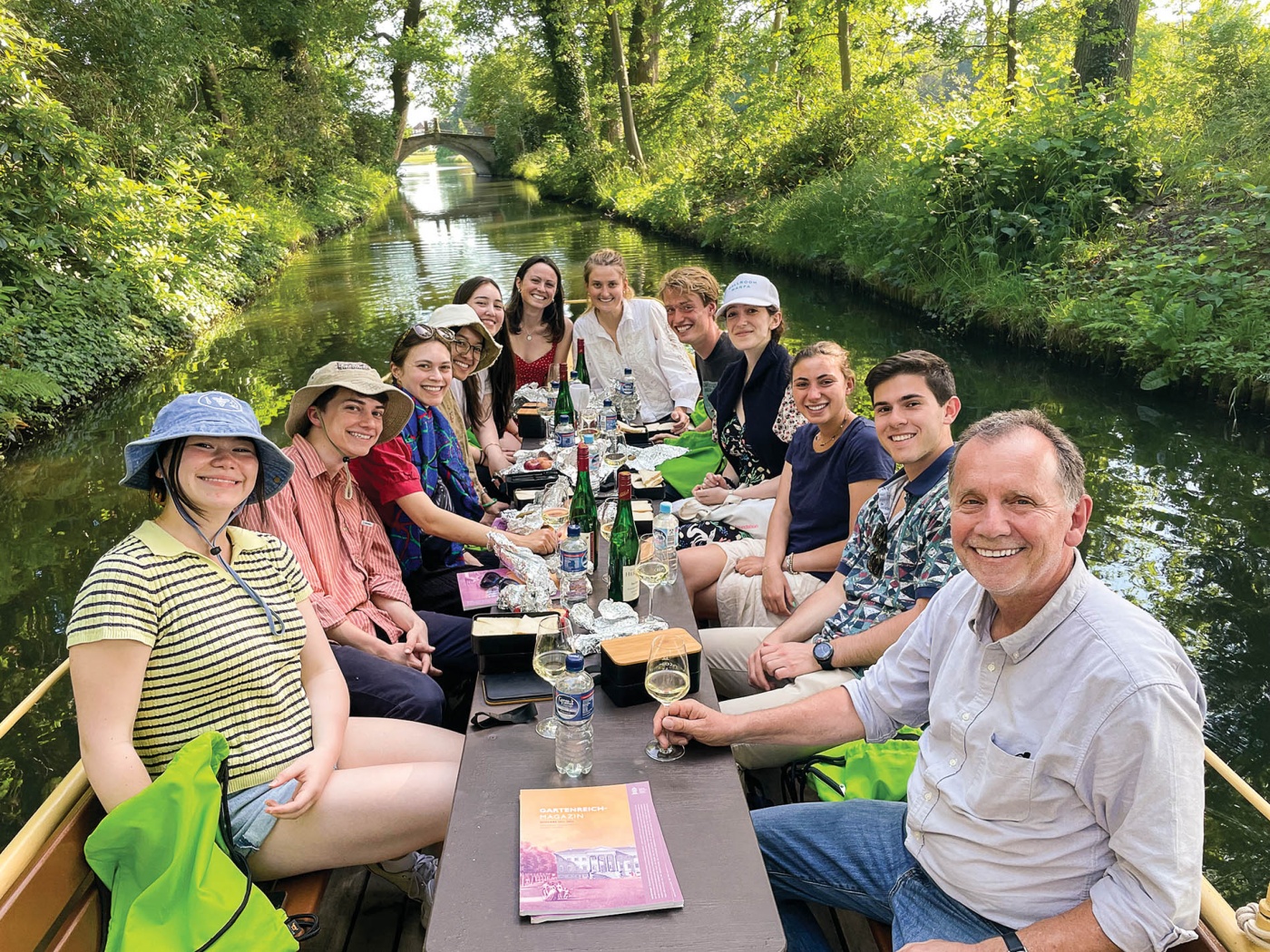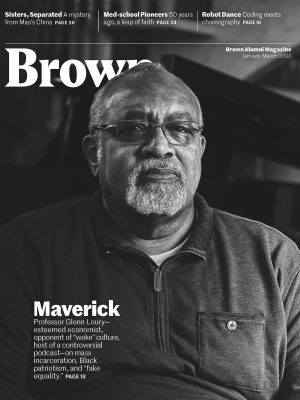In January of 2020, I was thrilled to be admitted into “Berlin: Architecture, Politics, and Memory,” a History of Art and Architecture course that included a class trip to Berlin during spring break. In our 12-student class, Professor Dietrich Neumann prompted discussions on Berlin’s neoclassical roots, how WWII indelibly changed its urban landscape, and much more. Throughout the course, we continuously prepared to confront the city’s sites in-person—that is, until the onset of the pandemic.
But even amidst the mass exodus of Brown students and the worldwide feeling of cautious anticipation, Professor Neumann assured us: we will go to Berlin.
More than two years later, he kept his promise. This past June, 11 now-alumni flew in from across the U.S. and met at the Pfefferbett Hostel—a swanky youth hostel within converted brewery grounds that also houses the Museum of Architectural Drawings and artists’ studios. Our nine-day itinerary was packed with day-long neighborhood walks and art museums. Together, we familiarized ourselves with the city’s reliable metro system, enjoyed the ubiquitous beats of electronic music, and ate currywurst underneath a highway (when in Berlin!).
But ask any one of our cohort what the best part of the trip was and I can nearly guarantee they’ll say the gondola ride through the Garden Kingdom of Dessau-Wörlitz. The park lived up to its lofty, regal name. Our boat, steered by a self-proclaimed flower child of the ’70s, cruised down a tranquil river flanked by towering trees and tall grass. Assisted by cloudless skies and the long arc of the setting sun, the greenery was so luminous it glowed.
All along our trip, we spotted stately landmarks including a Jewish synagogue ordered to be built by Duke Leopold III in 1790 as a show of religious tolerance. The Duke, lovingly called “Father Franz” by his principality’s residents, conceived the park in order to realize ideals of the prevailing Age of Enlightenment. This commitment to egalitarianism and natural beauty was indeed reflected in the park’s arched bridges and floating families of ducks.
Watching from the gondola, I felt out of my body, disconnected from the surrounding beauty. The landscape was otherworldly, the sky so blue, the sunlight so soft, that I imagined myself viewing the scenery through a high-definition screen rather than my own eyes. This realm—with its perfectly preserved nature rooted in a historical philosophy that still resonates today—felt enticingly untouchable. All I could do was take it all in, feel the comfortable sway of the boat, and breathe in some of the freshest air I’ll have access to in my lifetime.






